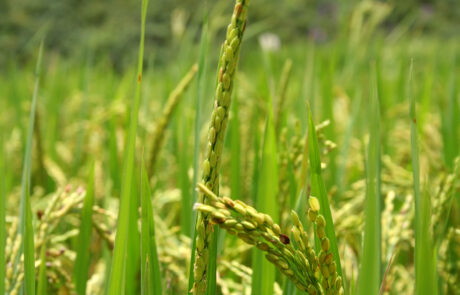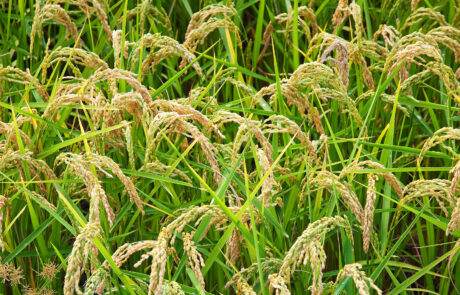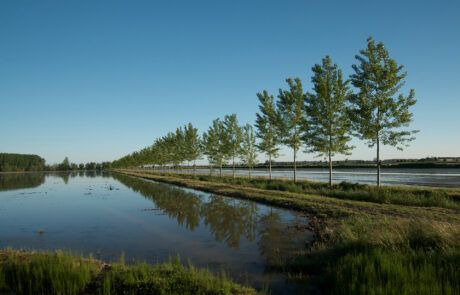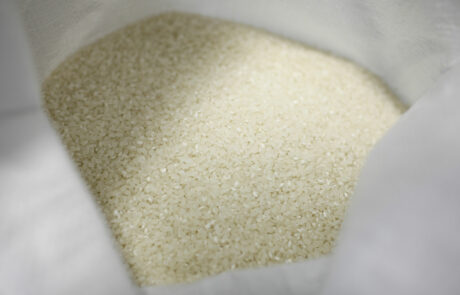Sustainability story
Riseria Provera has for years created a virtuous supply chain that involves selected farms that are attentive to the sustainability of their working environment: rice paddies. The entire agronomic process is shared, including the programming of the rice varieties that best meet consumer demands and are most productive.
The cultivation techniques that farmers put into practice are dictated by the care for their land, by the awareness that what is sown will be consumed by them, by their families and by other families around the world. Biodiversity is a philosophy that they have long embraced, in which they believe and on which they base their work.
Even the choice to be part of the biological world continues a life path that preserves the biodiversity of the fields that make up their farms. Trained and skilled technical experts support the farmers during all stages of cultivation.

The path
The path that begins in spring sees as a first operation the preparation of the soil of the individual rice paddies, which takes place with a carefully measured ploughing that turns the sods and enables oxygenation and softens the soil, preceded by organic fertilisation and followed by soil refinement works.
In turn, the levelling of the chambers that will host the new seedlings with a precision laser helps to regulate the water that will submerge the soil while maintaining the best conditions for the growth of rice seedlings. The thermal cover that water guarantees in temperature changes from day to night helps prevent the formation of weeds and preserves the typical paddy field ecosystem
The flooding of rice paddies in spring offers such a unique spectacle that it has earned the specific nickname of “squared sea” in the tourist guides. The water reaches the fields thanks to a series of ducts that since the nineteenth century have ensured the right supply in terms of volumes and in the right period.
A walk around the rice paddies immediately gives an idea of what is meant when we talk about particular habitats: the croaking of frogs, the chirping of cicadas, the presence of birds such as white and grey herons, and the sight of Egyptian ibis now sedentary. Only healthy and protected rice paddies demonstrate all these peculiarities.
The seeds of the new rice are spread in rice paddies in the days around the middle of April, then the seedlings are waited for to sprout from the waterline, which will be continuously checked even twice a day until full maturity. The banks of the ditches, which are left grassy, allow typical insects such as dragonflies and bees to live in their natural habitat.
Around the beginning of August the rice blooms: in a single day, the flowers open and close now pollinated. This show, accompanied by a very delicate scent, takes place only in optimal weather conditions: if the temperature remains low, in fact, the rice will not reproduce.
The rice harvest
At the end of the summer, the rice paddies are dried out to allow the rice to fully mature. The visual inspection of the state of the plant allows the farmer to verify the right time for harvest.
The unique rice harvesting spectacle, can last a few weeks if the weather remains sunny and a couple of months if the rain interrupts operations. Afterwards a slow and controlled drying, brings the rice to an optimal humidity to be stored.
The timely and truthful compilation of good practices that have been implemented throughout the period on documents that make up the so-called “campaign notebook”, the labels of the seeds used, prove the good faith of the operators.
It is at this stage that the Riseria steps in and before the withdrawal of the product, checks the rice samples for organoleptic characteristics and humidity and sends them to the analysis laboratory to search for pesticides, heavy metals and GMOs. The positive outcome of the analyses concludes the rice’s path from planting to harvest.

Certifications

Certification
ECOGRUPPO ITALIA

Certification
ITALY KOSHER UNION

Certification
ISO 22000:2018

Certification
ISO 22005:2007

Certification
ISO 14001:2015








